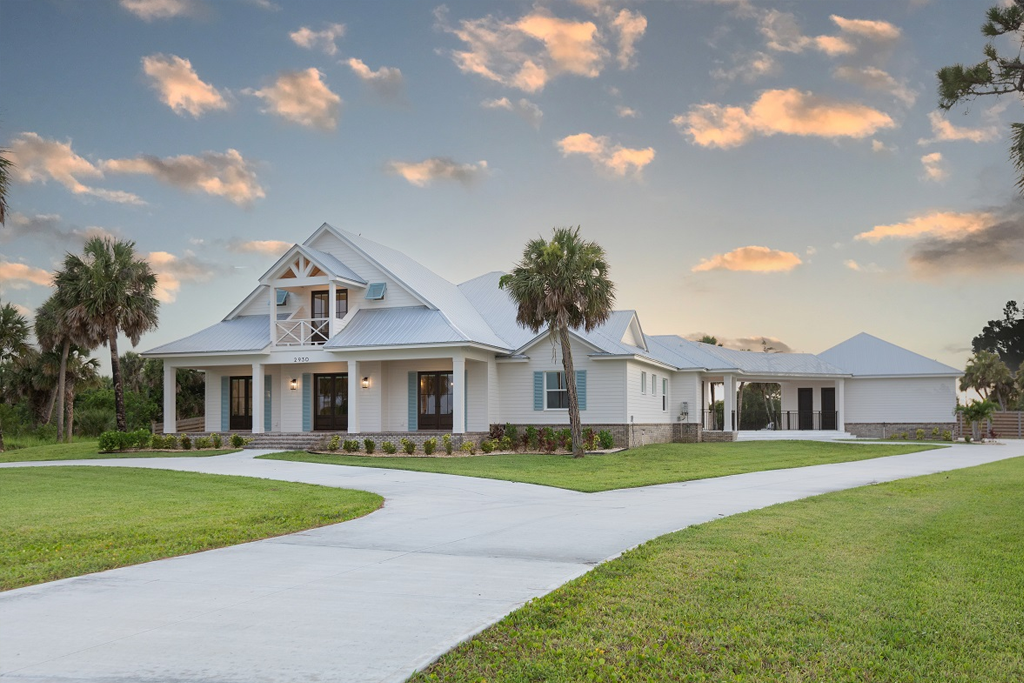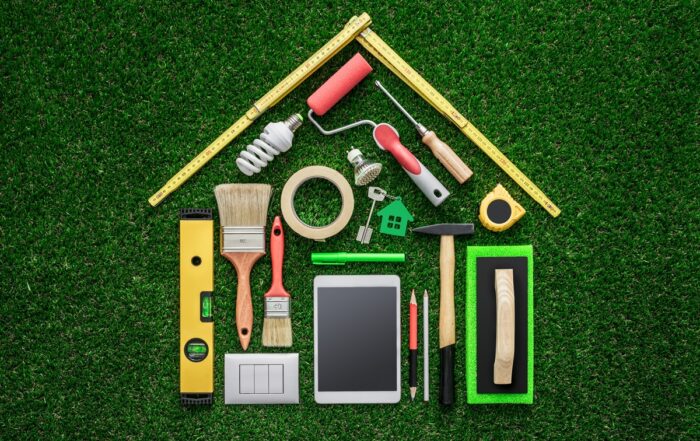
Living on Florida’s East Coast has many perks, yet the threat of severe storms looms large. As we enter the 2024 hurricane season, it’s important to ensure that your home is built to withstand the harshness of our local climate. This involves a combination of advanced construction techniques, durable materials, and strategic design choices—many of which are included in each LifeStyle home as part of our SunSmart and HealthSmart building packages.
Here are the core elements of a resilient home in Florida.
1.Structural Reinforcements: Hurricane-Resistant Features
- Impact windows and doors. LifeStyle Homes includes double-pane windows standard, yet we are happy to upgrade your windows and doors to impact resistant. These can withstand high winds and flying debris, reducing the likelihood of breakage during storms.
- Reinforced roofs. Anti-lift hurricane straps securely attach the roof to the walls, preventing it from being lifted off during high winds.
- Elevated foundations. Building homes on elevated foundations, or stem walls, can protect against flooding, particularly in low-lying areas prone to storm surges.
2.Durable and Sustainable Materials: Weather-Resistant Materials
- Concrete and steel. These materials provide strong resistance to wind and water damage compared to traditional wood framing.
3.Advanced Roofing Solutions: Roof Design and Materials
- Peel-and-stick underlayment. Included on every LifeStyle home, this self-adhesive barrier represents a huge advancement in roofing systems as it guards against interior water intrusion from wind-driven rain.
- Wind-rated shingles. If using shingles, opt for those specifically rated for high wind speeds.
- Metal roofs. For even greater protection, upgrade to metal roofing which is more durable and can withstand even higher wind speeds.
4.Effective Water Management: Flood Mitigation
- Proper grading and drainage. Ensure the site is properly graded so water drains away from the foundation.
- Permeable paving. You can also choose to install permeable materials for driveways and walkways to reduce runoff and improve drainage.
5.Energy Efficiency and Climate Control: Insulation and Ventilation
- High-performance insulation. Use spray foam or rigid foam insulation to improve thermal performance and reduce energy consumption.
- Ventilation systems. Install proper ventilation in attics, bathrooms, and other wet areas to prevent moisture buildup, which can lead to mold and structural damage.
6.Backup Power Systems: Energy Resilience
- Solar panels with battery backup. Install solar panels coupled with battery storage to ensure power to your essential items, such as refrigeration and medical equipment, during times when the power is down.
- Whole-home standby generator. You may also opt for a whole-home standby generator to keep your home powered during longer outages.
7.Sustainable Landscaping: Stormwater Management
- Native plants. Use native, drought-resistant plants to reduce water usage and improve soil stability.
By integrating these elements into your coastal Florida home, you can create homes that are not only resilient to Florida’s harsh climate but also sustainable and energy-efficient. If you’re interested in building your own resilient home, give LifeStyle Homes a call at (321) 727-8188.




